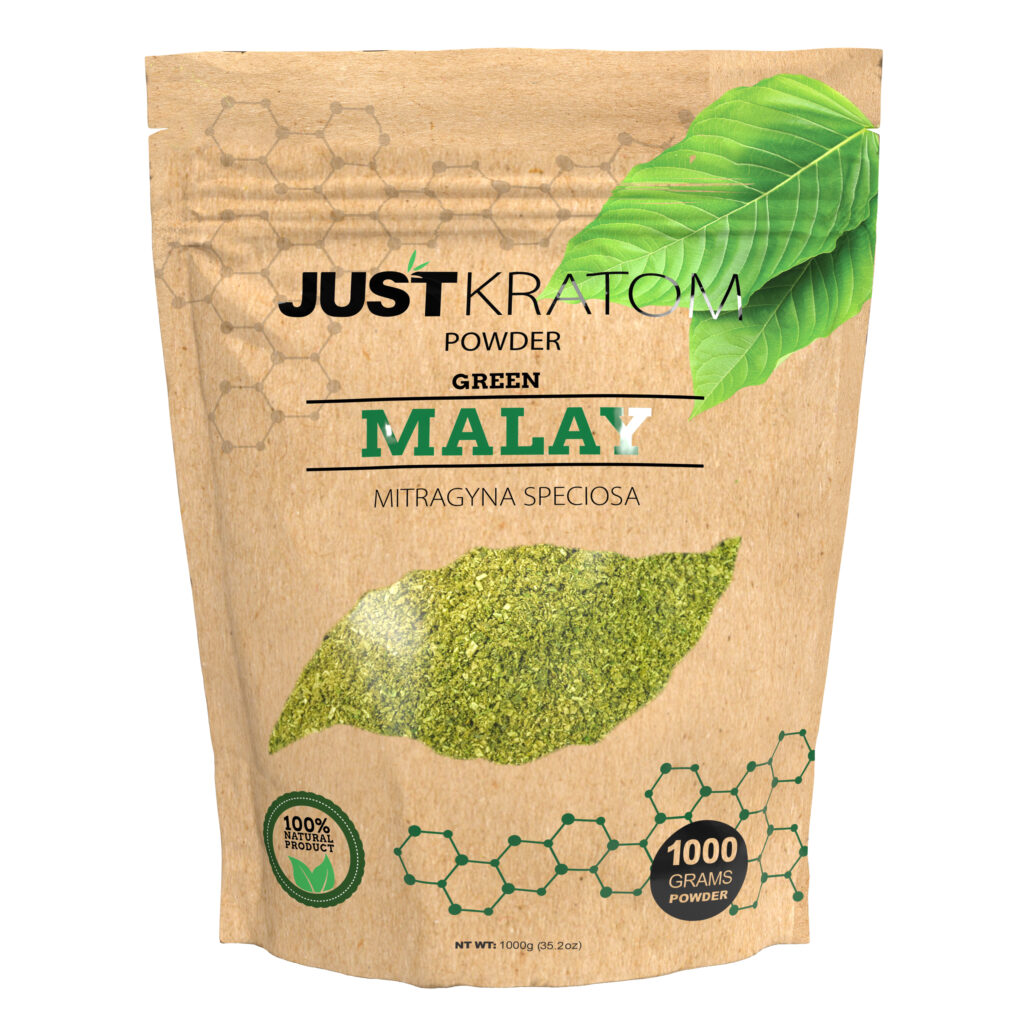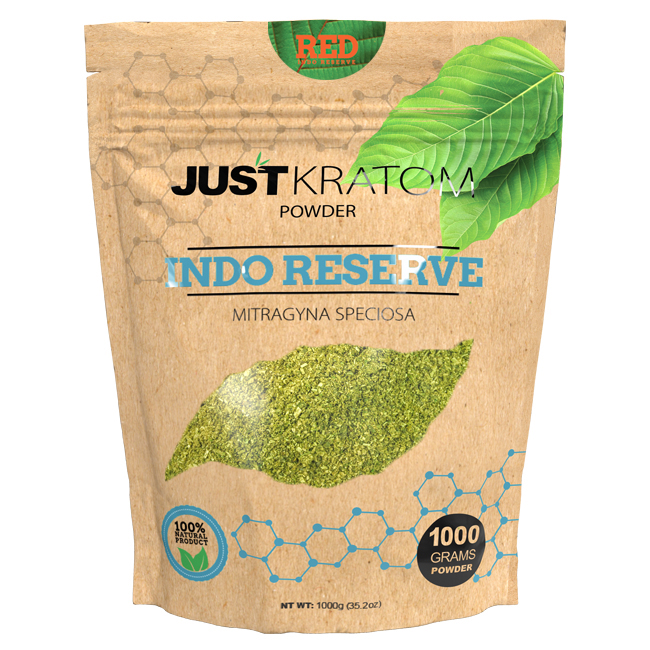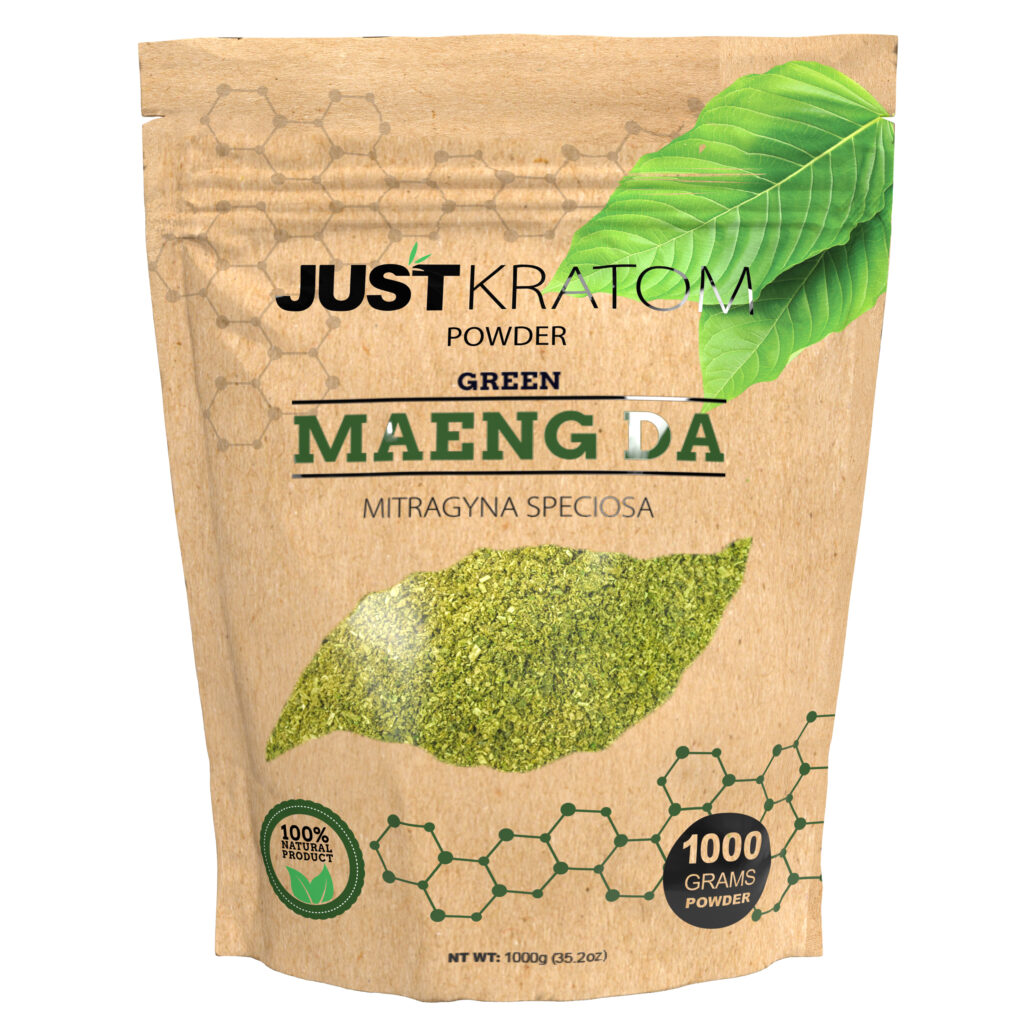Potential Benefits of Kratom
Kratom, a tropical tree native to Southeast Asia, has gained attention for its potential therapeutic benefits. Users report experiences ranging from pain relief and energy boosts to improved mood and reduced anxiety. Some individuals explore kratom as a possible alternative to prescription medications, drawn to its purported ability to address various physical and mental health concerns.
Pain Relief
One of the most frequently cited potential benefits of kratom is its analgesic effects. Users report finding relief from chronic pain conditions such as back pain, arthritis, and fibromyalgia. Kratom is believed to interact with opioid receptors in the brain, potentially reducing pain perception.
Mood Elevation and Anxiety Reduction
Kratom’s effects on mood elevation and anxiety reduction are also noteworthy. Users often describe feeling a sense of calm, euphoria, and increased sociability after consuming kratom. It is thought that kratom’s interaction with opioid receptors may contribute to these mood-boosting effects, potentially counteracting feelings of stress and anxiety.
Energy Boost and Cognitive Enhancement
Kratom is also purported to provide energy boosts and cognitive enhancement. Users report experiencing increased alertness, focus, and mental clarity after consuming kratom. These effects are thought to be linked to kratom’s stimulation of dopamine and acetylcholine, neurotransmitters associated with motivation, attention, and learning.

Scientific Evidence
To determine whether kratom can genuinely serve as a viable alternative to prescription medications, it is crucial to examine the scientific evidence supporting its purported benefits. Rigorous research is essential for understanding the mechanisms by which kratom exerts its effects and assessing its safety and efficacy for various health conditions.
Preclinical Studies
Preclinical studies in animals have provided some insights into kratom’s potential mechanisms of action.
- Research has shown that kratom alkaloids can bind to opioid receptors in the brain, potentially contributing to its analgesic and mood-altering effects.
- Studies have also demonstrated kratom’s ability to modulate neurotransmitters such as dopamine and acetylcholine, which may be involved in its energizing and cognitive-enhancing properties.
However, it is important to note that preclinical studies have limitations. Findings from animal models may not always translate directly to humans, and further research is needed to confirm these effects in humans.
Clinical trials are essential for evaluating the safety and efficacy of kratom for specific medical conditions.
Human Studies – Limitations and Inconsistencies
Human studies investigating kratom’s therapeutic potential are limited, and existing findings have shown inconsistencies. Some small-scale clinical trials have suggested potential benefits for pain management and opioid withdrawal symptoms, but these studies often suffer from methodological limitations such as small sample sizes and lack of control groups.
Furthermore, individual responses to kratom can vary widely, influenced by factors such as dosage, frequency of use, genetics, and other medications being taken. This variability makes it difficult to draw definitive conclusions about kratom’s efficacy and safety.
Moreover, there are concerns regarding potential adverse effects associated with kratom use, including nausea, vomiting, constipation, and dependence. Long-term health consequences of chronic kratom use remain largely unknown.
Safety and Risks
While kratom is gaining popularity as a potential alternative to prescription medications, it is crucial to approach its use with caution. Kratom’s safety and efficacy for various medical conditions are still under investigation, and there are potential risks associated with its consumption.
Potential Side Effects
Kratom’s potential benefits must be weighed against its associated risks and side effects. While some users report positive experiences with pain relief, mood elevation, and energy boosts, these claims lack robust scientific evidence.
One significant concern is the potential for dependence and addiction. Kratom interacts with opioid receptors in the brain, similar to prescription opioids, which can lead to tolerance and withdrawal symptoms upon cessation of use.

Kratom can also cause adverse effects such as nausea, vomiting, constipation, and dizziness. In some cases, kratom use has been linked to liver damage, although more research is needed to establish a definitive causal relationship.
The long-term health consequences of chronic kratom use are largely unknown. Further research is essential to fully understand the potential risks and benefits of kratom for both short-term and long-term use.
Drug Interactions
It’s important to carefully consider safety and potential drug interactions when evaluating kratom as a medication alternative. Kratom can interact with various substances, including prescription medications, over-the-counter drugs, and supplements.
These interactions can potentially lead to adverse effects or reduce the effectiveness of both kratom and the other substance.
Individuals taking opioid pain relievers, antidepressants, antianxiety medications, or blood thinners should exercise extreme caution when considering kratom use, as potential for dangerous interactions exists.
Consulting a healthcare professional before using kratom is crucial, especially if you have pre-existing health conditions or are taking other medications.
Addiction Potential
Kratom’s safety and potential for addiction raise significant concerns. While some users experience positive effects, the lack of robust scientific evidence supporting its efficacy and the potential for adverse effects warrant caution.
Kratom interacts with opioid receptors in the brain, similar to prescription opioids, raising the risk of dependence and withdrawal symptoms. Users may develop tolerance, requiring higher doses to achieve the desired effect, which can lead to a cycle of increasing consumption and dependence.
Moreover, kratom’s long-term health effects remain largely unknown. Chronic use has been linked to liver damage in some cases, and further research is needed to understand the full extent of its potential risks.
Legal Status
The legal status of kratom varies greatly around the world. In some countries, it is fully legal and readily available, while in others, it is banned outright or restricted to limited uses. The United States, for example, has taken a patchwork approach to regulating kratom, with some states banning it entirely while others have adopted more permissive policies.
Federal Regulation in the United States
In the United States, kratom’s legal status is complex and varies from state to state. Some states have banned kratom outright, while others have implemented regulations to control its sale and possession. The federal government does not currently regulate kratom as a controlled substance.
However, the Drug Enforcement Administration (DEA) has considered classifying kratom as a Schedule I drug, which would effectively make it illegal. The DEA’s rationale is based on kratom’s potential for abuse and dependence, similar to opioid drugs. However, there has been significant public opposition to this proposal, and no concrete action has been taken.
This patchwork of state-level regulations creates a confusing landscape for consumers and businesses alike.
State-Level Regulations
The legal status of kratom varies greatly across different regions. In some countries, it is completely legal and accessible to the public. Other nations have implemented outright bans on kratom or restrict its use to specific purposes.
Within the United States, the legal landscape surrounding kratom is intricate and characterized by a patchwork of state-level regulations. Some states have enacted complete bans on kratom, while others have adopted regulations aimed at controlling its sale and possession. Notably, the federal government has not currently designated kratom as a controlled substance.
The Drug Enforcement Administration (DEA) has explored the possibility of classifying kratom as a Schedule I drug, which would effectively criminalize it. The DEA’s rationale for this consideration stems from kratom’s potential for abuse and dependence, which are characteristics shared with opioid drugs. However, there has been substantial public resistance to this proposed classification, and concrete action on this front remains absent.
This decentralized approach to regulation results in a confusing situation for both consumers and businesses operating within the kratom market.
International Legality
The legal status of kratom is complex and varies significantly across different countries and regions. In some places, it is legal and readily available, while in others it is completely banned or subject to strict regulations.

In the United States, for example, there is no federal law prohibiting kratom, but its legal status differs at the state level. Some states have banned kratom outright, while others allow its sale with various restrictions. This patchwork of state laws creates a confusing and inconsistent regulatory landscape.
Internationally, kratom’s legal status also varies widely. Some countries, such as Thailand and Malaysia, where kratom is traditionally used, have placed bans or restrictions on its production and sale. Other countries, however, have no specific regulations regarding kratom.
The varying legal landscape surrounding kratom highlights the need for further research and discussion to establish clear guidelines for its use and regulation worldwide.
Ethical Considerations
Ethical considerations are paramount when exploring alternative therapies like kratom. While some individuals may find relief from symptoms using kratom, it’s crucial to weigh potential benefits against potential risks and ethical implications.
Transparency in research and labeling, responsible sourcing practices, and informed consumer education are essential for ethical use of kratom.
Regulation of Kratom Industry
The lack of regulation in the kratom industry raises several ethical concerns. The absence of standardized quality control measures means that consumers may unknowingly ingest products containing contaminants or inconsistent dosages. This lack of transparency can put individuals at risk of adverse effects or unpredictable outcomes.
Furthermore, the marketing of kratom often makes unsubstantiated claims about its therapeutic benefits, potentially misleading vulnerable individuals seeking relief from chronic pain or other health issues. Ethical marketers should prioritize evidence-based information and avoid exploiting consumer desperation.
The potential for addiction associated with kratom use presents another ethical dilemma. The industry has an obligation to educate consumers about the risks of dependence and provide resources for those struggling with problematic use.
Ethical considerations also extend to the sourcing and production of kratom. It is important to ensure that kratom is harvested sustainably and that workers are treated fairly throughout the supply chain. Exploitation of labor or deforestation practices associated with kratom cultivation are unethical and unsustainable.
Overall, a robust regulatory framework for the kratom industry is essential for protecting consumer safety, promoting responsible use, and upholding ethical principles within this emerging market.
Informed Consent and Patient Education
Ethical considerations are paramount when exploring alternative therapies like kratom. While some individuals may find relief from symptoms using kratom, it’s crucial to weigh potential benefits against potential risks and ethical implications. Transparency in research and labeling, responsible sourcing practices, and informed consumer education are essential for ethical use of kratom.
The lack of regulation in the kratom industry raises several ethical concerns. The absence of standardized quality control measures means that consumers may unknowingly ingest products containing contaminants or inconsistent dosages. This lack of transparency can put individuals at risk of adverse effects or unpredictable outcomes.
Furthermore, the marketing of kratom often makes unsubstantiated claims about its therapeutic benefits, potentially misleading vulnerable individuals seeking relief from chronic pain or other health issues. Ethical marketers should prioritize evidence-based information and avoid exploiting consumer desperation.
The potential for addiction associated with kratom use presents another ethical dilemma. The industry has an obligation to educate consumers about the risks of dependence and provide resources for those struggling with problematic use.
Ethical considerations also extend to the sourcing and production of kratom. It is important to ensure that kratom is harvested sustainably and that workers are treated fairly throughout the supply chain. Exploitation of labor or deforestation practices associated with kratom cultivation are unethical and unsustainable.
Overall, a robust regulatory framework for the kratom industry is essential for protecting consumer safety, promoting responsible use, and upholding ethical principles within this emerging market.
Informed consent is crucial when considering kratom as a potential treatment option. Patients should be fully informed about kratom’s potential benefits, risks, and side effects before making a decision to use it.
- Healthcare providers have an ethical responsibility to provide comprehensive and unbiased information about kratom, acknowledging both its potential therapeutic applications and its potential for harm.
- Patients should be encouraged to ask questions and discuss any concerns they may have with their healthcare provider.
- Informed consent involves ensuring that patients understand the risks and benefits of kratom use in their specific context, considering their medical history, current medications, and other relevant factors.
Patients should also be aware of potential drug interactions with kratom and advised to avoid using it concurrently with substances that may have harmful interactions.
Patient education is critical for promoting responsible kratom use.
- Accessible and accurate information about kratom’s effects, risks, and potential benefits should be readily available to the public.
- Educational materials should be clear, concise, and easy to understand, avoiding technical jargon that may confuse consumers.
- Patient education efforts should emphasize the importance of responsible use, including setting limits on consumption, being aware of withdrawal symptoms, and seeking help if experiencing problems with kratom use.
By empowering individuals with knowledge and fostering open communication, patient education can contribute to safer and more informed decisions regarding kratom use.
Shop the finest Kratom Powder products
- Traptox Aka Trapezius Botox Treatment Near Guildford, Surrey - December 6, 2025
- Top Benefits Of CBD Gummies For Anxiety And Stress - December 4, 2025
- The Top 5 CBD Gummy Edibles For Better Sleep - December 2, 2025
